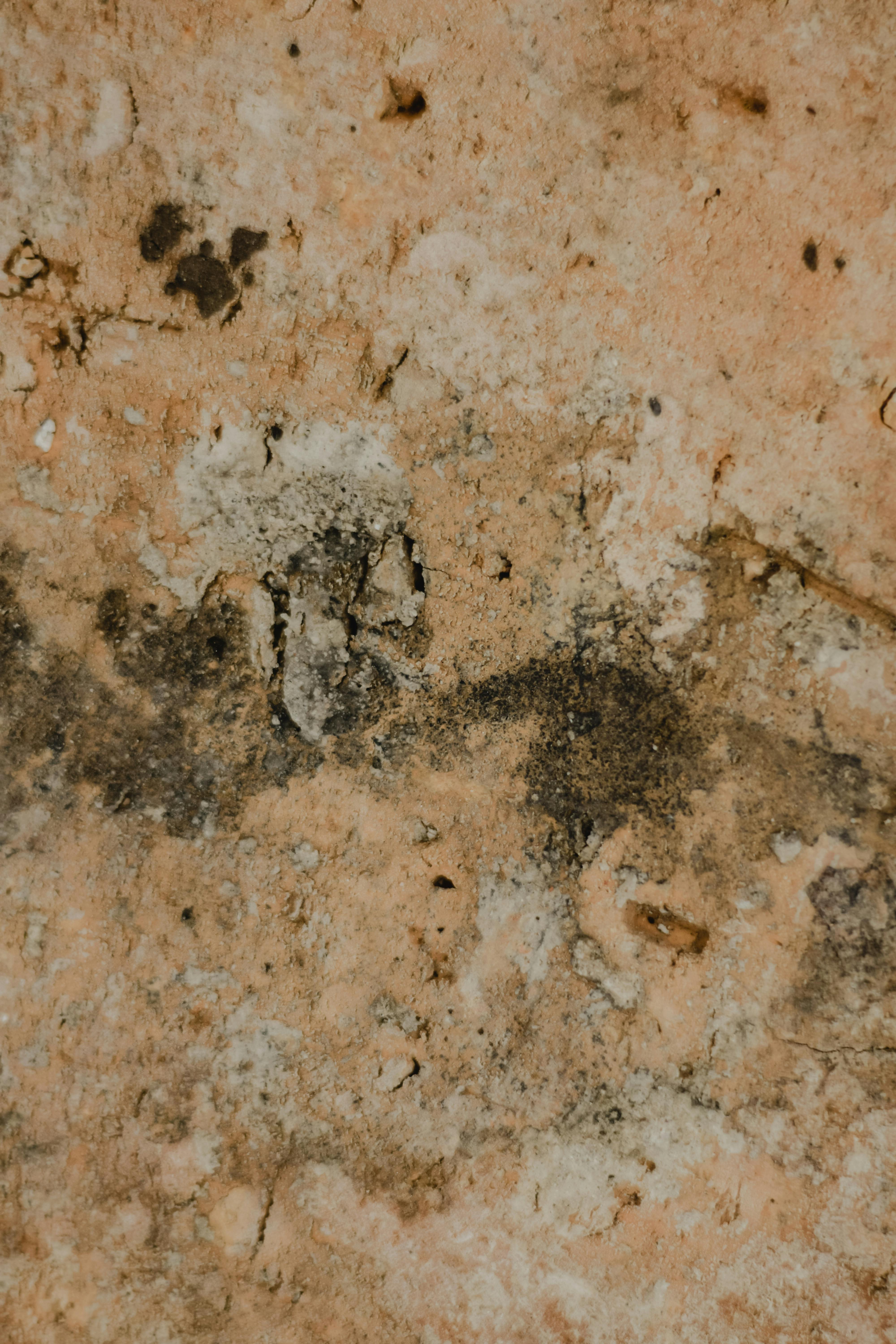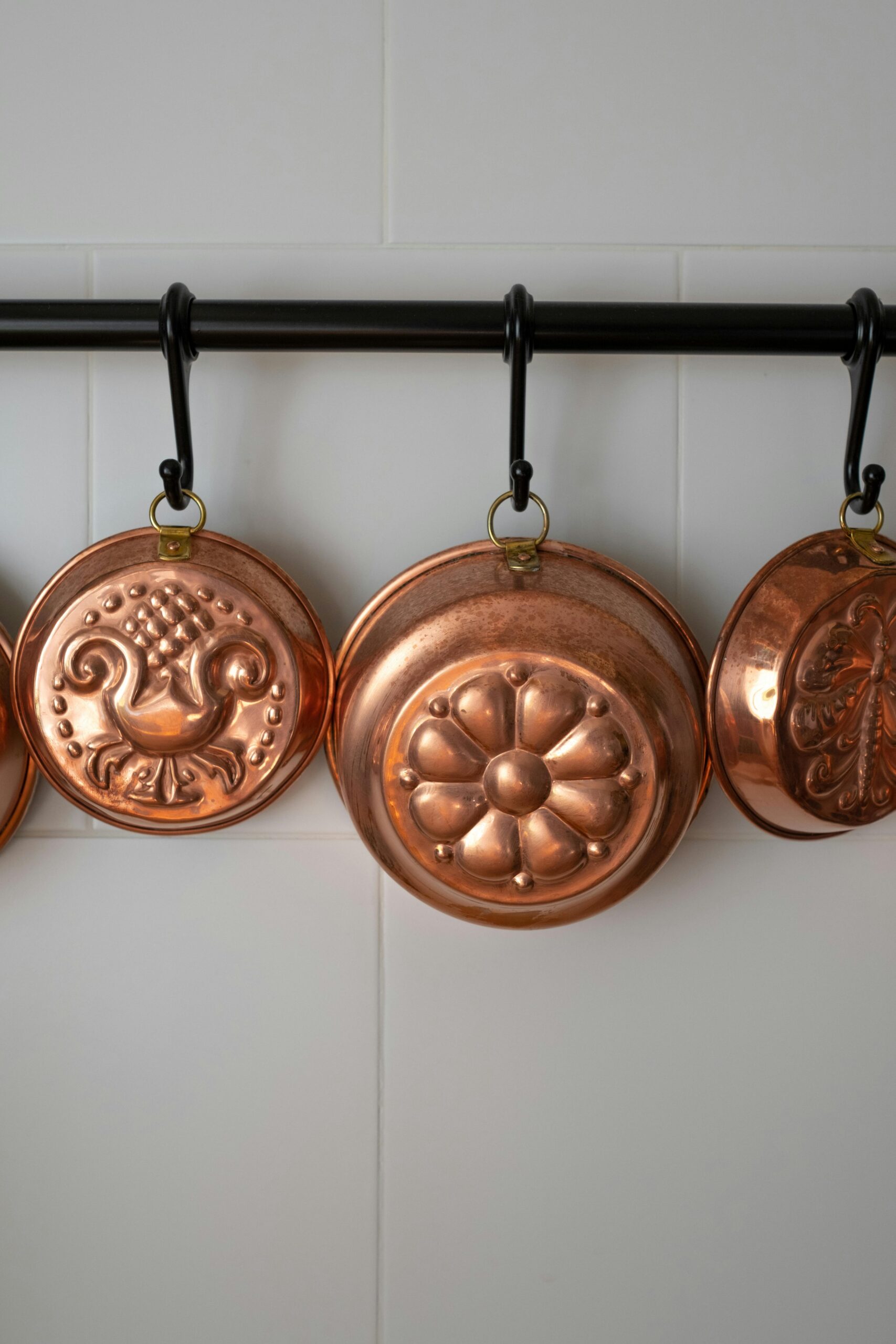Schimmel Wand: Understanding and Addressing Mold Issues
Causes of Schimmel Wand
Understanding the causes of **schimmel wand** (mold on walls) is crucial in combating this common problem found in many homes. Mold primarily thrives in damp, poorly ventilated areas, often resulting from leaks, high humidity, or inadequate air circulation. In particular, the presence of moisture is a significant contributor; for instance, if a bathroom lacks a proper exhaust fan, steam can accumulate and lead to mold growth. Additionally, structural issues such as cracks in walls or foundations can allow water intrusion, further exacerbating the problem. Recognizing these factors early can prevent extensive damage and health risks associated with mold exposure.
Signs of Mold on Walls
Identifying **schimmel wand** is essential for early intervention. Common signs include dark spots or patches on walls, typically black or green in color. You might also notice a musty odor, which is an indicator of mold growth even before visual confirmation. Beyond the visual and olfactory signs, watch for symptoms like allergy flare-ups or respiratory issues that could be linked to mold exposure. An important step is to regularly inspect areas prone to moisture, such as bathrooms, kitchens, and around windows, to catch mold early before it spreads.
The Impact of Humidity on Mold Growth
Humidity plays a crucial role in mold development, and maintaining optimal indoor humidity levels is key to preventing **schimmel wand**. Ideally, indoor humidity should be kept between 30% and 50%. Using dehumidifiers in areas such as basements can help control moisture levels. Homeowners should also ensure that proper ventilation is maintained, particularly in high-moisture areas like bathrooms and kitchens. Taking these precautions can significantly reduce the chances of mold taking hold and causing damage.
How to Remove Mold from Walls
Removing **schimmel wand** effectively is essential to safeguarding your home’s health and integrity. Start by wearing protective gear, including gloves, a mask, and goggles. This step is critical to avoid inhaling spores that can trigger health issues. For small areas, you can use a mixture of water and detergent or a specialized mold removal solution. Apply the mixture to the affected area using a scrub brush to remove the mold. After scrubbing, make sure to dry the area well to prevent mold from returning. In larger infestations, it may be wise to consult a professional mold remediation service. They can ensure complete removal and suggest further measures to prevent a return.
DIY Mold Removal Techniques
Homeowners can utilize several DIY techniques to tackle **schimmel wand**. One of the most effective methods is to use vinegar or hydrogen peroxide as they are both natural and less harmful alternatives to harsher chemicals. To use vinegar, spray undiluted white vinegar onto the moldy area, let it sit for an hour, and then wipe it down with water. For hydrogen peroxide, mix it with water in a spray bottle, apply it to the mold, and scrub it after a few minutes. Always follow up with proper drying techniques to keep moisture at bay.
Professional Mold Remediation Services
In cases of extensive **schimmel wand**, professional remediation services are your best bet. These experts have the necessary tools and knowledge to evaluate the extent of mold damage. They can provide comprehensive cleaning, identify moisture sources, and offer advice on preventing future outbreaks. Professional services often include mold testing and the use of industrial-grade cleaning solutions that ensure thorough removal of mold spores from your home.

Preventing Schimmel Wand in the Future
Prevention is the best strategy to combat **schimmel wand** in future scenarios. First, address any sources of moisture; ensure plumbing is in good working order and repair leaks promptly. It’s also vital to keep gutters clean and directed away from your home’s foundation. Also, consider investing in moisture barriers in basements and crawl spaces to impede water from seeping into the walls. Regularly inspecting these areas can help you catch potential problems before they escalate.
Use of Mold-Resistant Products
In renovations or new builds, consider using **mold-resistant** materials. These products are designed to resist moisture absorption, significantly decreasing the likelihood of mold growth. For example, mold-resistant drywall or paint can provide added protection against humidity. While these products may come with a higher upfront cost, they can save you money in the long run by reducing the need for remediation efforts.
Regular Maintenance to Avoid Mold
Another practical approach to preventing **schimmel wand** is through regular home maintenance. Schedule periodic inspections and cleanups of potential mold-prone areas. Regularly clean HVAC systems and filters to ensure good air circulation. Homeowners should also check insulation around pipes and windows to ensure they are not allowing moisture to accumulate. Taking these proactive steps can lead to a significant reduction in the likelihood of mold issues.

Key Takeaways
- Understanding the causes of **schimmel wand** is essential for prevention.
- Identifying early signs of mold can help mitigate extensive damage.
- Effective mold removal can often be handled by DIY methods but may require professionals for severe infestations.
- Preventing mold growth requires addressing moisture issues and employing mold-resistant products.
- Regular maintenance and inspections are key to keeping your home mold-free.
FAQ
1. What are the health risks associated with schimmel wand?
Exposure to **schimmel wand** can lead to various health issues, particularly for individuals with allergies or asthma. Common symptoms include respiratory problems, skin irritation, and eye irritation. In severe cases, mold exposure can trigger more serious respiratory conditions. Taking prompt action to remove mold and improve ventilation is essential for health and safety.
2. How can I tell if the mold on my wall is harmful?
While it’s challenging to determine the harm of mold by sight alone, black mold (Stachybotrys chartarum) is often associated with more severe health risks. If you see mold, regardless of the color, it’s best to treat it as a potential health hazard. Consulting a professional for testing can provide clarity on the type of mold and guide appropriate remedies.
3. Can I use bleach to remove schimmel wand?
Although bleach can be effective in killing surface mold, it does not penetrate porous materials like drywall, allowing mold to return. Instead, consider using hydrogen peroxide or vinegar for a more effective and safer solution. These alternatives not only clean but also help prevent future growth.
4. How often should I check for mold in my home?
It’s advisable to inspect areas prone to **schimmel wand** at least twice a year, particularly after heavy rainfall or flooding. Regular checks during seasonal changes can also help catch potential issues early. Keeping an eye on areas like basements, bathrooms, and around windows is crucial.
5. What should I do if I discover a large mold outbreak in my home?
If you find a significant mold issue, it’s best to contact a professional mold remediation service. They can assess the extent of the problem, safely remove the mold, and work with you to reduce moisture in the future. Avoid attempting to clean large areas yourself to prevent health risks.
6. Why is professional remediation often necessary?
Professional remediation is often essential for extensive mold problems due to their expertise, access to specialized tools, and ability to manage health risks effectively. They can also help identify underlying moisture issues that need addressing to ensure mold does not return.
7. Is it necessary to remove moldy drywall?
In many cases, yes. Moldy drywall often cannot be effectively cleaned and may need removal, especially if water damage is extensive. Replacing it with mold-resistant materials can prevent recurrence and ensure a healthier indoor environment.
